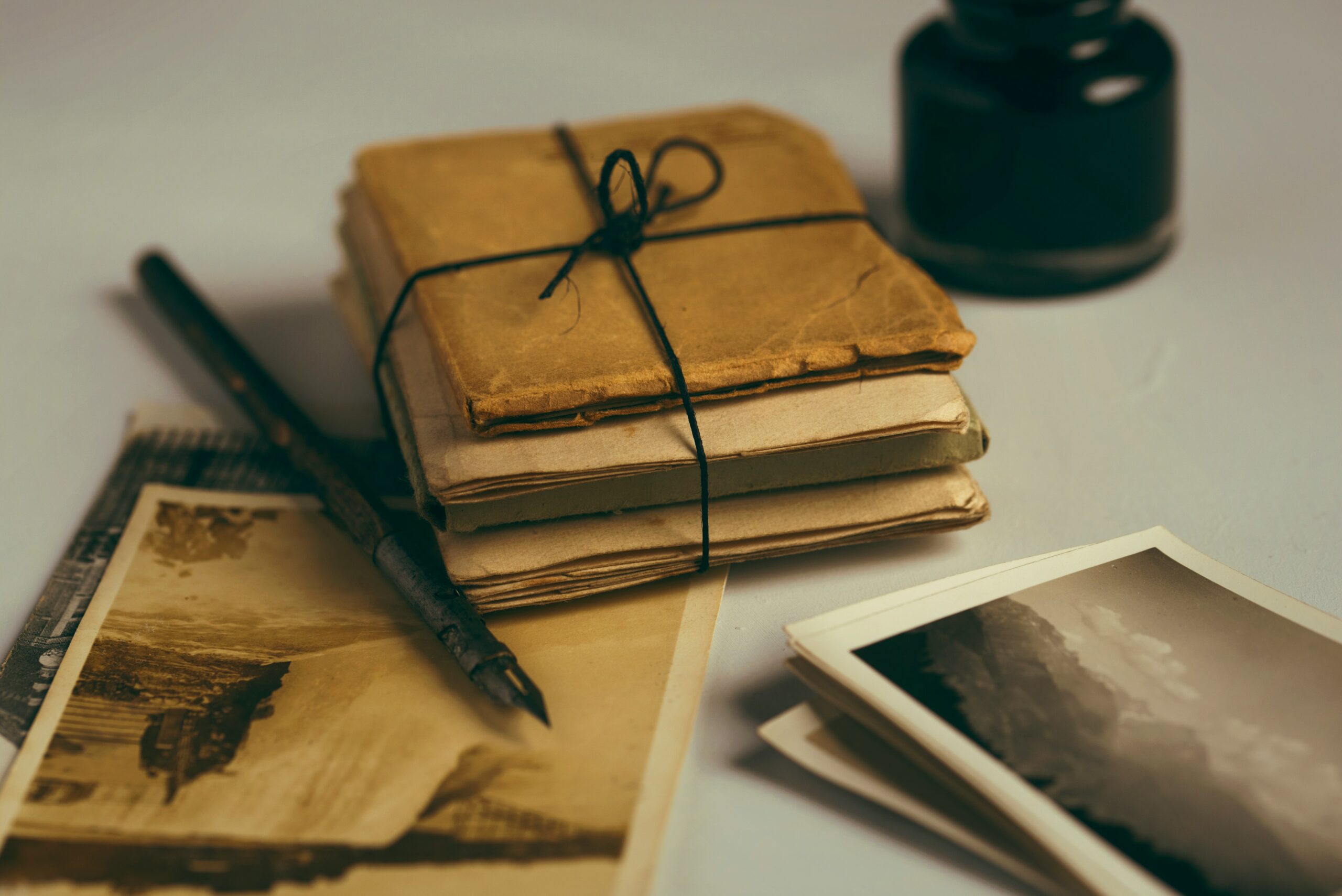In the required reading for his week, Erin Kissane discusses how the way that we receive content is different, as things have begun to migrate online. The article doesn’t specify whether they think that it’s a good or bad thing. I think that it could be both. Good as in that it makes it more accessible to a wider audience, but bad in the sense that it opens more opportunity for illegal pirating and less regulation.
This article reminded me of one of my communication classes about media history. In class, we discussed how although the place that we receive content is different, the formatting remains the same. This is because people already have a perception of what a newspaper is, and changing the format would make a newspaper unrecognizable. For example, most newspapers still use multi-columns. With the advancements in technology, newspaper publishers are no longer bound to those formatting guidelines, yet still use it because it is so characteristic of what we imagine as a newspaper.
This also relates to an earlier reading in PUB101, in which they talked about the gap in materials being digitized. As things are being digitized online, materials from certain time periods are skipped or ignored. I think that the shift to the digital has also resulted in the romanticization of physical materials because they’re considered more rare. Physical items have a certain rarity to them, and thus people value them differently than a digital version. There is also the idea that digital equals inauthentic. Anyone can create something digitally, so people are more less likely to trust in comparison to an analog creation.
In general, this reading was really interesting and connected with other class concepts.
